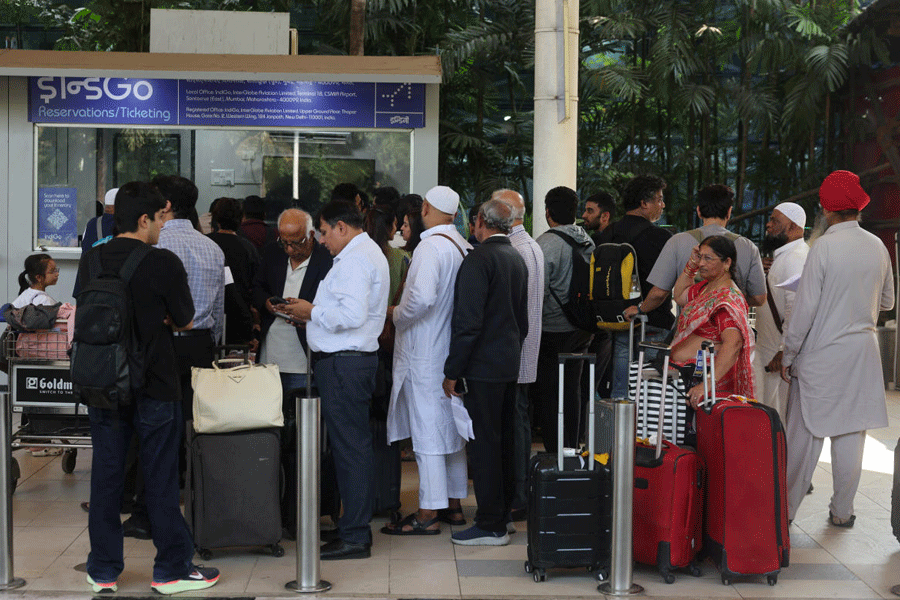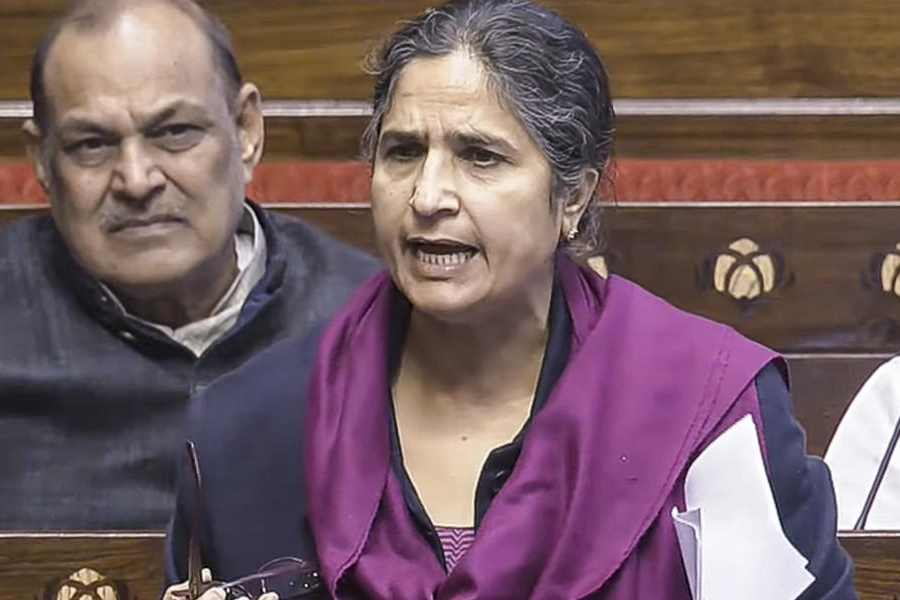The second Time Use Survey conducted by the Union ministry of statistics and programme implementation has revealed that a majority of adult Indians spent more time on work and unpaid caregiving in 2024 than in 2019. This came at the cost of time that was formerly spent on self-care. A granular breakdown of the data throws up some concerning details. For instance, while industry leaders seem to think that Indians are not spending enough time at work — some of them have even demanded 70- to 90-hour workweeks — the data suggest that the working population, cutting across gender and rural-urban divides, is spending more time at work. But the longer hours are not boosting productivity: the International Labour Organization has shown that Indians have some of the longest working hours, worst pay and poorest productivity globally. Worse, when Indians are not slogging away at the office, they are engaged in unpaid caregiving and domestic labour. Unsurprisingly, females spent 201 more minutes in a day on unpaid domestic services than their male counterparts. Even though women’s participation in employment-related activities rose by 2.3%, their role in unpaid caregiving and domestic labour rose correspondingly by 6.7%. This, in effect, raised the total amount of work that women have to do. If the meagre rise in employment-related activity were to be parsed alongside data from the Periodic Labour Force Survey of the same period, it would also show a rise in the number of ‘unpaid helpers in own enterprises’ — people who work in a business they or their family own but do not receive a salary or wages for their labour — among women. Unpaid caregiving work for men — an aspect that often eludes scrutiny — rose by 3.9% as well.
What does India’s working population do when it is not toiling at work or caring? It spends most of the remaining time on entertainment by consuming ‘culture and mass media’. One reason for this rise in time spent on entertainment has been the spike in the popularity of OTT platforms. The spurt in passive consumption, ‘timepass’ as Indians like to call it, is often condemned for being neither productive nor leisurely. But a study from the University of Melbourne linked it to the unique ennui that comes with the realisation of having limited means of achieving one’s dreams. That means tired Indians grappling with overwork and a growing burden of caregiving owing to a greying population have neither the time nor the will to pursue leisure.











